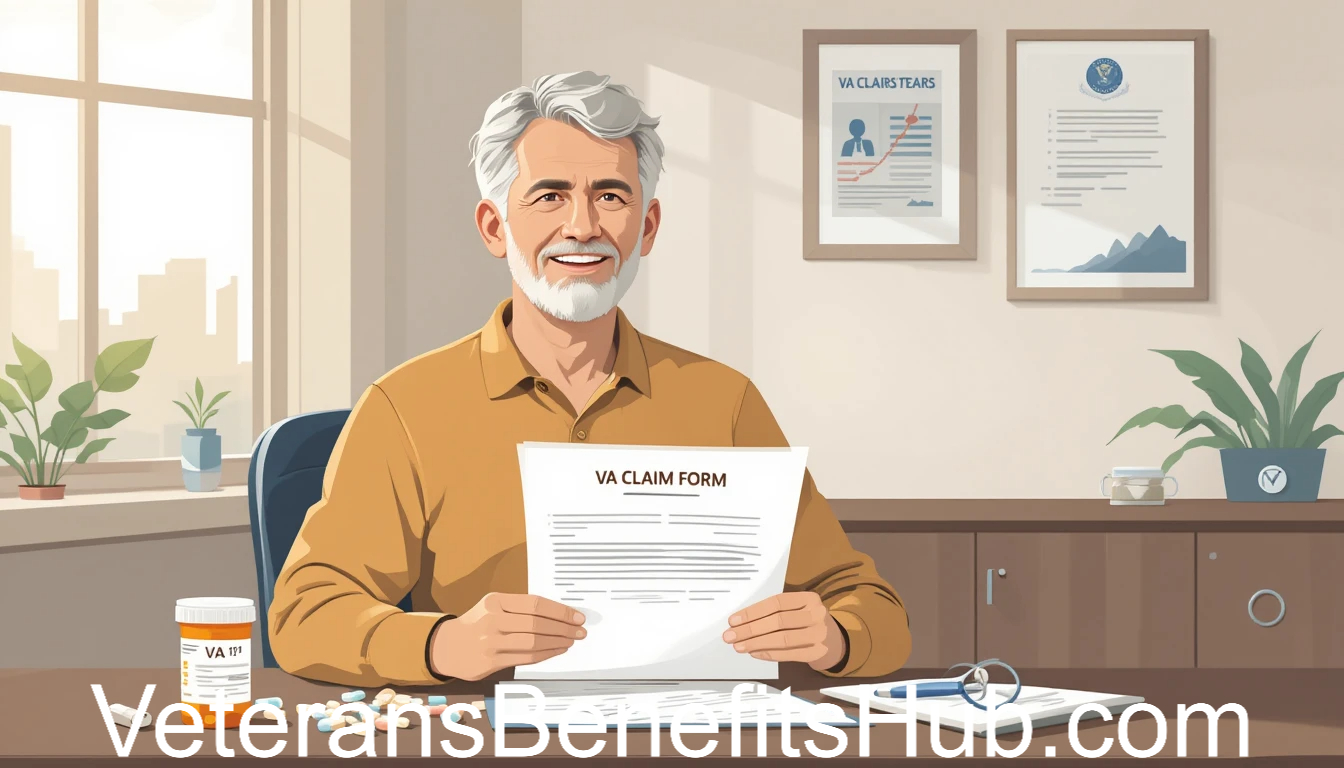VA Enhances Benefits, Yet Many Veterans Remain Uninformed. Don’t Miss Out on 12 Months of Benefits.

Are Veterans Leaving 12 Months of Education Benefits on the Table?
One of our contributors recently came across an article that served as a timely reminder about a critical update affecting veterans’ education benefits. The article, originally published by The Clipper on April 30, 2025, highlights a potential opportunity for veterans to recover valuable benefits—up to 12 additional months of paid education or even a $1,200 refund under certain circumstances.
This update stems from a Supreme Court ruling in Rudisill v. McDonough, which clarified benefit eligibility for veterans who have served multiple qualifying periods. Veterans may now be eligible for up to 48 months of combined educational benefits under both the Montgomery GI Bill and the Post-9/11 GI Bill, an increase from the previous 36-month cap.
What This Means
Previously, veterans were required to choose between the Montgomery GI Bill and the Post-9/11 GI Bill. The new ruling allows qualifying veterans to access benefits from both programs. For example, if a veteran had two separate qualifying periods of service, one under each bill, they may now receive both sets of benefits—including the 12 months from the Montgomery GI Bill, which was historically forfeited if Post-9/11 benefits were elected.
Refund Opportunity
For those who elect not to pursue additional schooling, the ruling may also entitle them to a refund of their $1,200 Montgomery GI Bill contribution—if they qualify under the new criteria.
Eligibility and Next Steps
Michael Zuniga, a Veterans Education Certifying Official at Everett Community College, has noted that many student veterans are unaware of the Rudisill ruling. Zuniga recommends that veterans with multiple qualifying service periods simply apply and see what benefits may be available. The worst-case scenario is a denial, but it’s worth checking to avoid leaving money behind.
To confirm eligibility or request a review, veterans can:
- Visit the VA’s official Rudisill decision page for eligibility criteria and ruling details.
- Call the VA Education Call Center at 888-442-4551 (888-GI-BILL-1), Monday through Friday, 7:00 a.m. to 6:00 p.m. Central Time.
- Submit VA Form 22-1995 online at va.gov. Be sure to reference “Rudisill” or request a Rudisill review in the remarks section of the form.
- Seek help from an accredited VA representative if needed.
Important Considerations
If a veteran’s last education benefit decision was issued on or after August 15, 2018, the VA may automatically review their eligibility—though many experts recommend following up directly regardless, as the VA has been inconsistent in execution. If the last decision was before August 15, 2018, a new VA Form 22-1995 must be submitted.
The deadline to apply for benefit recalculation is October 1, 2030. After that date, standard eligibility rules will resume.
Key Differences in the Two GI Bills
- The Montgomery GI Bill offers a flat monthly stipend paid directly to the veteran. It does not include housing or book stipends, and it cannot be transferred to dependents.
- The Post-9/11 GI Bill includes housing, tuition, and book stipends and allows for benefit transfer to a spouse or child while still on active duty.
Challenges in Implementation
Despite the Supreme Court ruling, implementation has been slow and inconsistent. Many veterans report that their Certificates of Eligibility (COEs) have not been updated to reflect their Rudisill eligibility. There has also been limited communication from the VA about what to expect moving forward.
“I haven’t seen a single student at Everett Community College receive an updated COE that reflects the Rudisill decision,” one official reported. “Students are applying, but the VA hasn’t provided much guidance.”
Outstanding Questions
- Why haven’t COEs been automatically updated?
- Why hasn’t the VA communicated the need to submit VA Form 22-1995 more clearly?
- Will veterans who are no longer on active duty ever be allowed to transfer unused benefits?
- Is the VA tracking how many veterans are receiving the full 48-month entitlement?
- What steps are being taken to ensure consistent communication across VA representatives?
In a statement, Joseph Williams, a public affairs specialist with the Department of Veterans Affairs, explained that further clarification is still needed from senior leadership, and an official statement is not expected in the near term.
Final Recommendation
Veterans who believe they may qualify due to multiple qualifying periods of service are strongly encouraged to contact the VA Education Call Center, submit the appropriate forms, and speak with a representative to ensure nothing is left on the table.
Disclaimer: This article was contributed by one of our writers and may include opinionated statements. Always consult the U.S. Department of Veterans Affairs or an accredited representative for official guidance.








